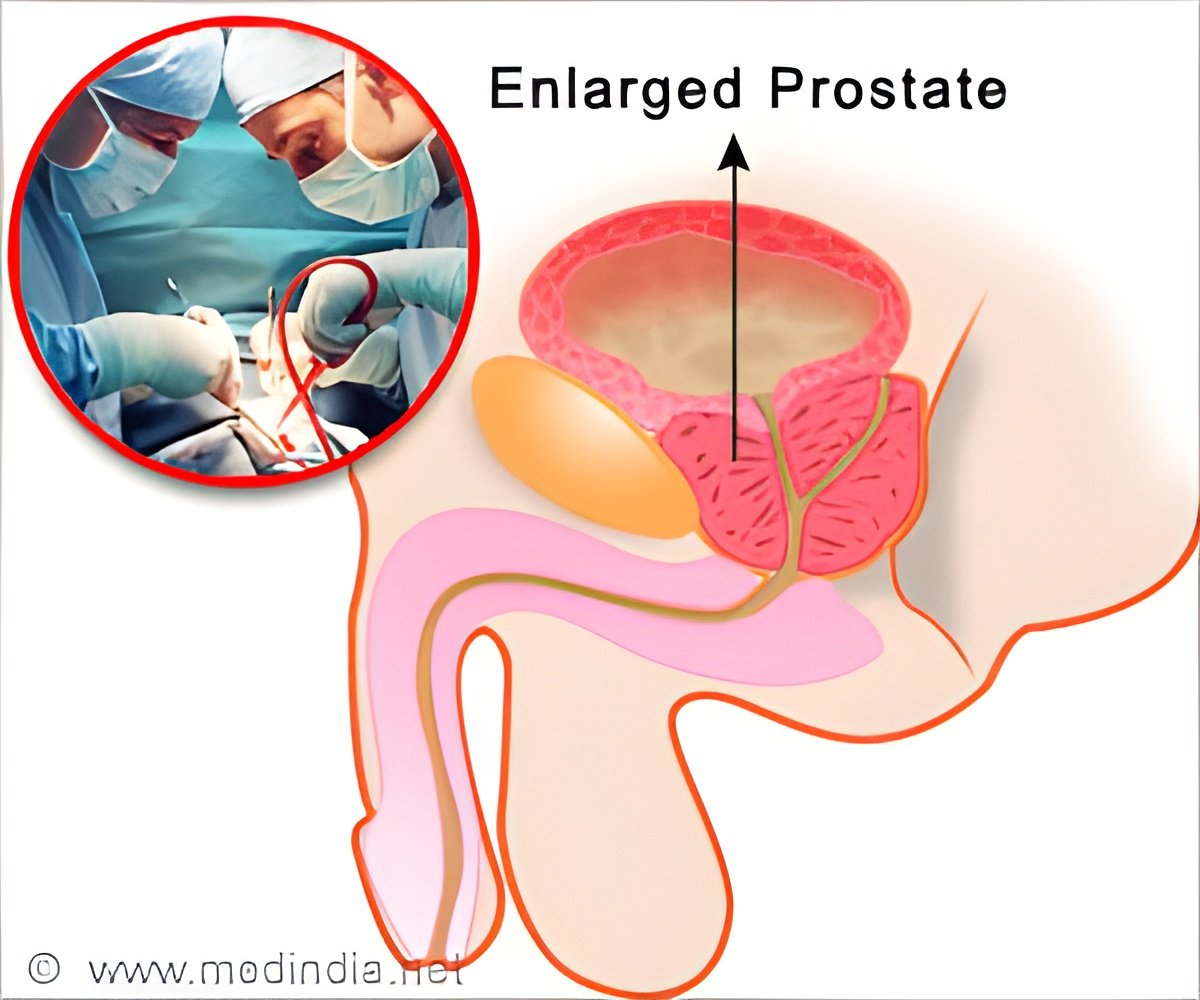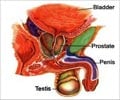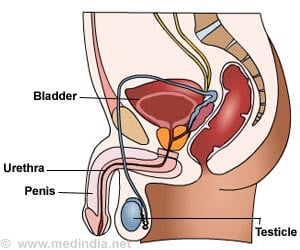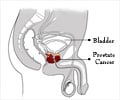Prostate artery embolization (PAE) may alleviate the urinary symptoms caused by BPH, suggest Brazilian researchers.

• Incomplete emptying of urinary bladder
• Increased frequency of urination, esp. during night
• Difficulty in starting the urinary stream
• Decreased force of urination
PAE works by blocking off the arteries that feed the prostate gland and making it shrink. PAE was first performed in 2009; it is performed by an interventional radiologist, rather than a surgeon.
"We have treated more than 100 patients with [prostate artery embolization] and are encouraged by the excellent reduction in symptoms and improvement in quality of life for men who have had the procedure, including some with very large prostates who normally would require open surgery," Dr. Francisco Carnevale, Associate Professor of Medicine at the University of Sao Paolo.
Researchers claim that 97 percent of the men who underwent PAE have experienced improvements in symptoms and quality of life. The study-recorded recurrence of symptoms in 14 percent of patients during a 15 month-long follow up.
"[However], none of our patients have experienced adverse side effects, and we have followed a number of them for several years -- longer than other studies," Carnevale said.
It is however a promising observation that the research team has come with.
Source-Medindia






![Prostate Specific Antigen [PSA] Prostate Specific Antigen [PSA]](https://www.medindia.net/images/common/patientinfo/120_100/prostate-specific-antigen.jpg)






